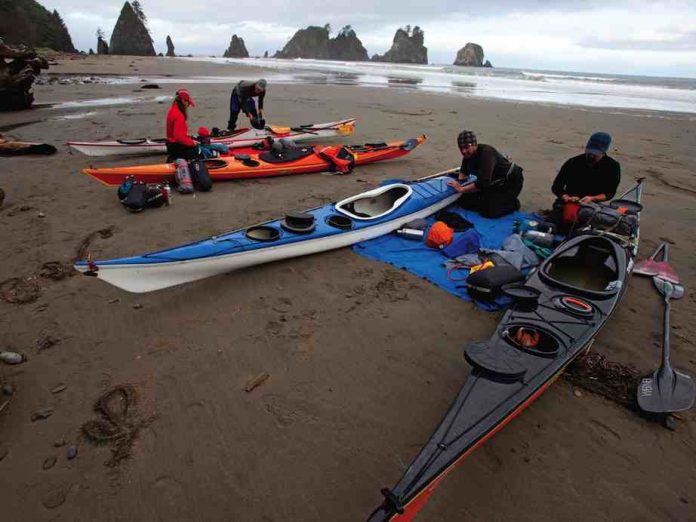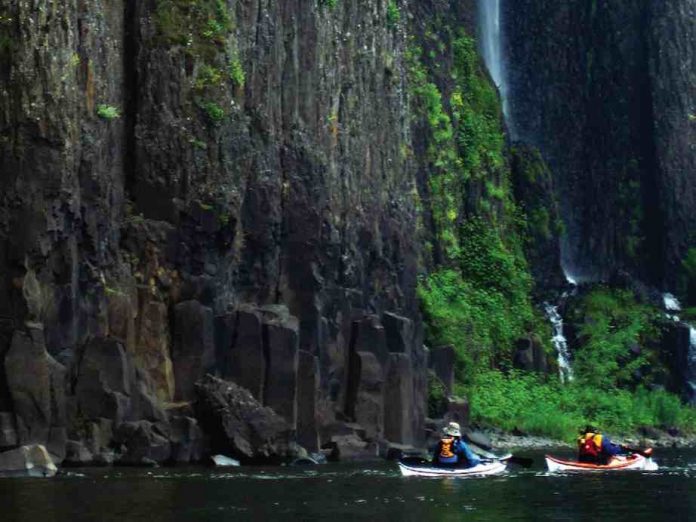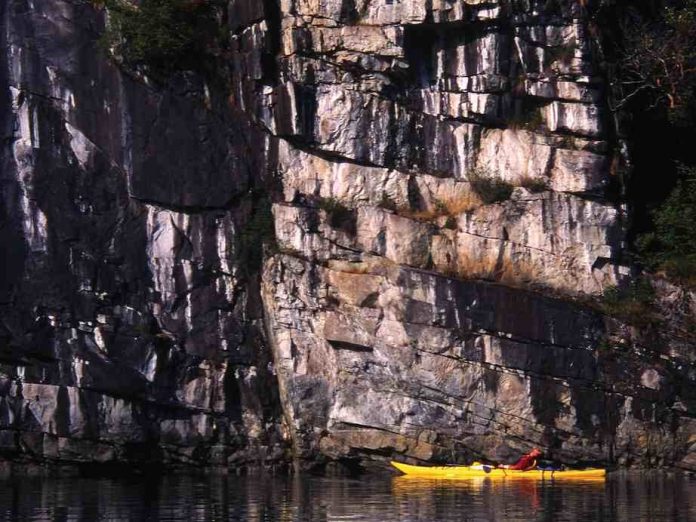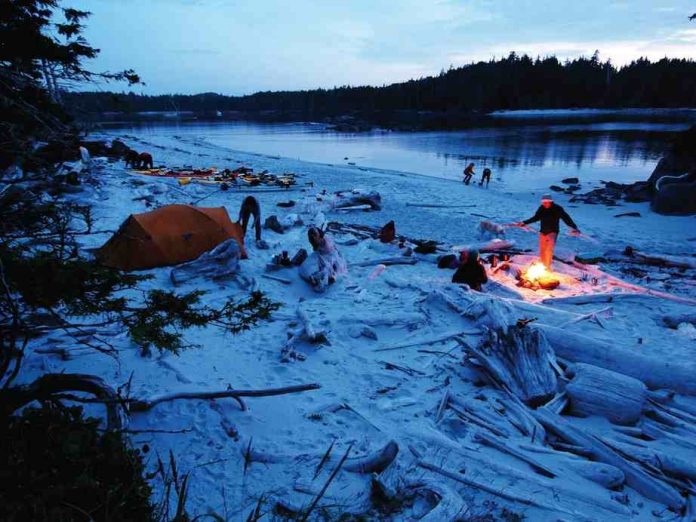You’ve dreamed of an expedition since you started kayaking. Now, finally, you’ve picked a departure date, bought your food, packed it into hundreds of tiny Ziplocs, waterproofed your tent, found the perfect floppy-brimmed hat, purchased spare sunscreen and camera batteries, obsessed over charts and waterproofed your tent again.
It’s time to look at your boat. Your vehicle on this odyssey needs some preparation as well. You don’t need a specialized expedition kayak to go on an extended trip. You can transform your weekender into an expedition workhorse with these easy do-it-yourself modifications.
Add a Keel Strip
Reduce wear and tear on the bow and stern hull by adding a keel strip to your glass boat. Plan a half-day to apply this two-inch-wide strip of fiberglass tape covered in gel coat to the keel line of your kayak.
If you don’t have the time or interest to get your hands dirty, fashion a temporary keel strip out of 3M Scotchgard Paint Protection Film. Though not as tough as fiberglass and gel coat, this very strong, clear vinyl sticker can be applied in under an hour.
Be Rescue Ready
Make it easy for search and rescue teams to spot you by adding reflective tape to the top and bottom of your boat. Not all reflective tape is created equal. 3M SOLAS tape has very high adhesion strength and reflectivity—even a square inch of tape can catch the searchlights of rescue helicopters.
Outfit Your Kayak for Comfort
On an expedition, plan on sitting in your kayak for five to eight hours a day. Before your trip, pay attention to how your body connects with the seat, backband and thigh braces—if anything is uncomfortable on a daytrip, it will quickly become unbearable on a multi-day.
If your seat isn’t padded, consider purchasing a plusher seat or customizing for comfort with thin sheets of self-stick closed-cell foam. Thicker pieces of foam can be shaped into thigh braces or under-leg support and affixed with contact cement for a permanent fit.
Find and Fix Any Cracks or Leaks
Test all the moving parts on your kayak for wear and breakage. Pay careful attention to the rudder or skeg components and cables. If anything looks worn, replace it before your trip.
Carefully inspect hatches and bulkheads for cracks or leaks. Put the boat on an incline and fill the hatch partially with water. Watch for water seeping through the other side of the bulkhead. Cover any leaks with marine-grade caulking or a fiberglass patch. Also, if your hatches don’t have leashes, tie some on—most hatch covers don’t float.
Even after a thorough inspection, expedition filmmaker Justine Curgenven recommends, “Pack a repair kit with string, deck bungees, a spare rudder or skeg cable, emergency putty to fix a hole and lots of duct tape. On a remote trip, take a fiberglass repair kit.”
Rig a Storage Net on Your Front Deck
Gulf of St. Lawrence expedition veteran Serge Savard advises, “Install mesh across your front deck to replace those useless bungees. The mesh stores items like charts or a water bottle more securely. I added crossing bungees with an adjustable squeeze toggle in the center to prevent items from sliding around.”
Install a Deck Compass
A deck-mounted compass is an expedition necessity. It is accurate at any degree of tilt, hands-free and a permanent fixture so you’ll never forget it at the campsite.
Some kayaks come with a molded deck compass recess, making installation a snap. If yours doesn’t, there are several compass models that are designed to mount to any flat surface. Mount directly over the center of the boat for accurate readings and close enough to the cockpit that you can see the bearing without squinting.
Use Wasted Space
Expedition paddler and wooden kayak designer Bryan Hansel says, “When I’m spending eight hours a day in my kayak, I like to have a handy place to organize snacks, sunscreen and other frequently used items. I don’t like reaching behind in a blind attempt to find a small item in the day hatch. I installed a North Water underdeck bag between my knees to hold all the loose gear that’s hard to find elsewhere.”
Squeeze 20 liters or more of extra space from the area between your foot pegs and the forward bulkhead—perfect for a large dry bag. Epoxy a vinyl D-ring anchor to the inside of your kayak near the bulkhead and use a short lanyard to clip the dry bag in place.
Line the Decks
If your kayak doesn’t have full perimeter deck lines, add them now. Deck lines provide you with a secure place to hold on after a capsize and make it a lot easier for rescuers to handle your boat.
To install deck lines, first measure the perimeter of your boat and add 12 inches to allow for slack. Deck eyelets and 1/8-inch diameter rope are available from sailing shops.
Bungee for Self-Sufficiency
Writer and expedition kayaker Derrick Mayoleth says, “String one- to two-inch wooden beads (found at art supply stores) onto the deck bungees to keep the cord off the deck so you can easily slide your spare paddle underneath.”
Care For Your Feet
Adventure Kayak senior editor Virginia Marshall says the most rewarding customization she made to her 16-foot Valley Avocet for a recent 50-day expedition was pad- ding out the foot area. “If you like paddling barefoot or with open-heeled shoes, glue or friction-fit a rectangle of closed-cell foam—an old sleeping pad works well—to the hull below the foot pegs. It cushions and insulates, keeping feet comfy and warm.”
David Johnston is a sea kayak instructor and creator of the outdoor industry resource site, paddlinginstructor.com.
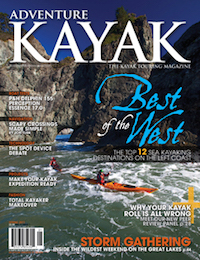 This article first appeared in the Spring 2011 issue of Adventure Kayak Magazine. For more great content, subscribe to Adventure Kayak’s print and digital editions here.
This article first appeared in the Spring 2011 issue of Adventure Kayak Magazine. For more great content, subscribe to Adventure Kayak’s print and digital editions here.



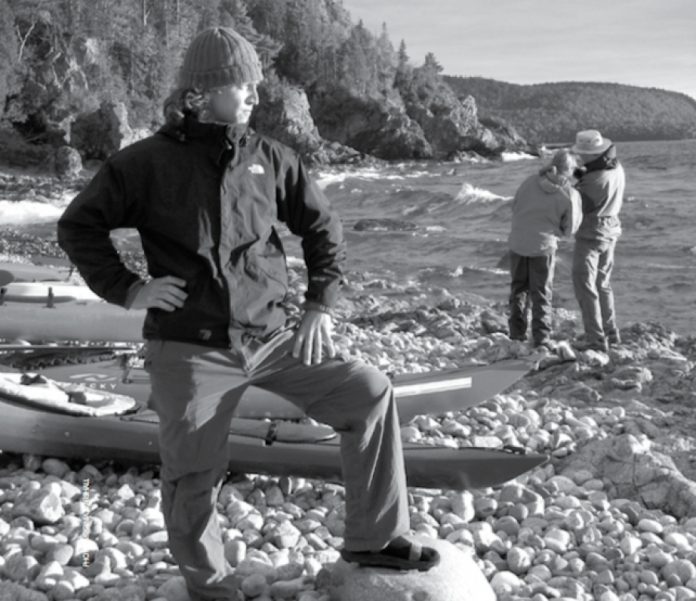
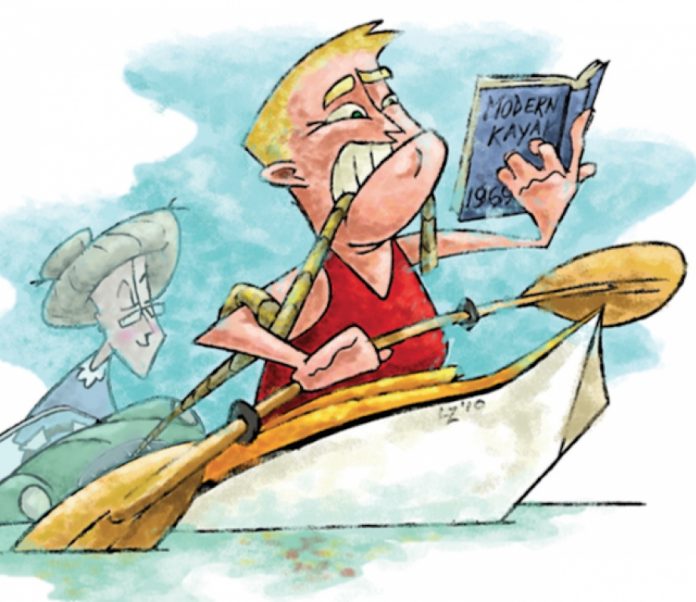
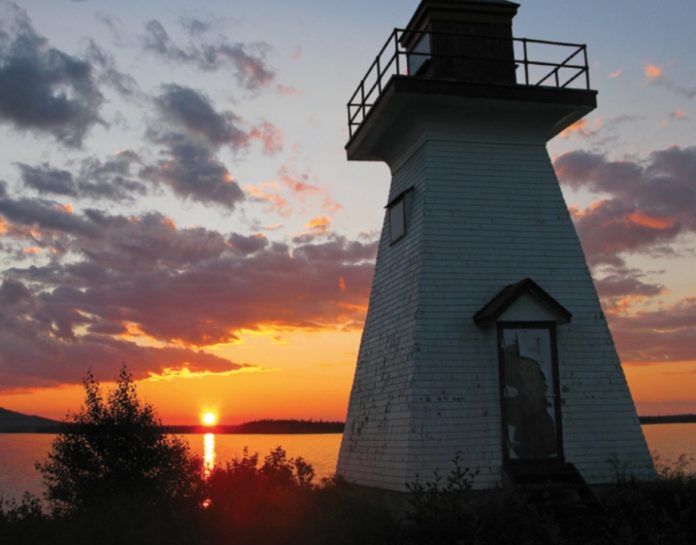
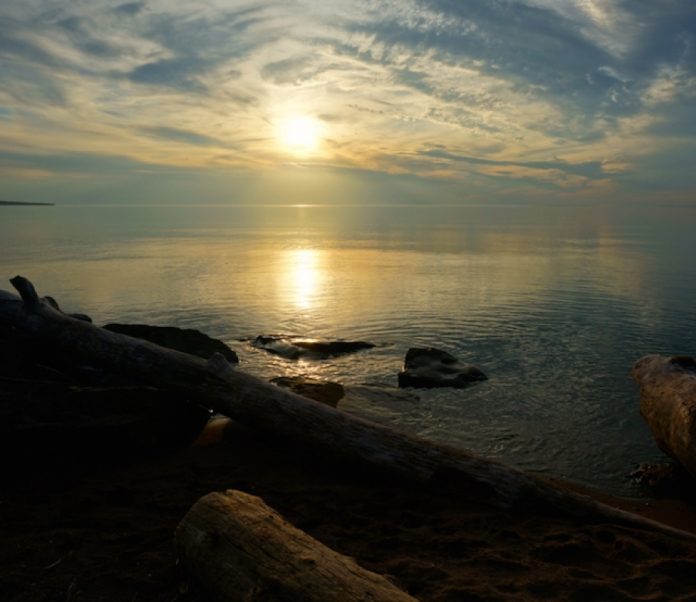
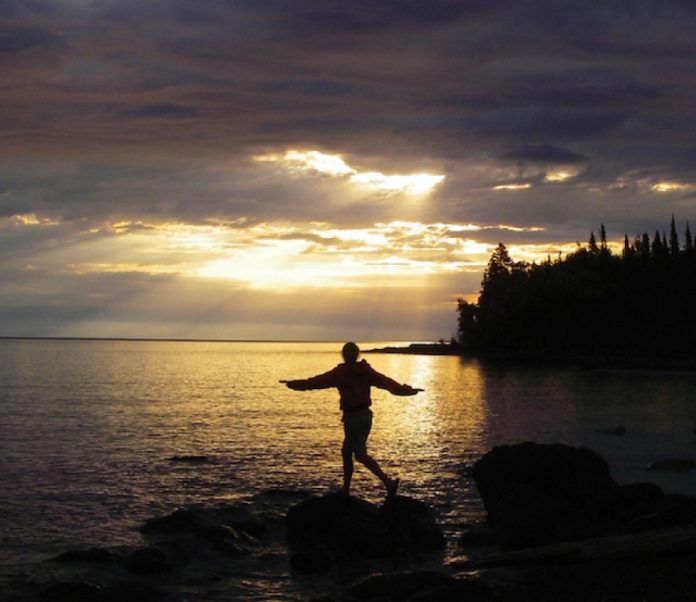
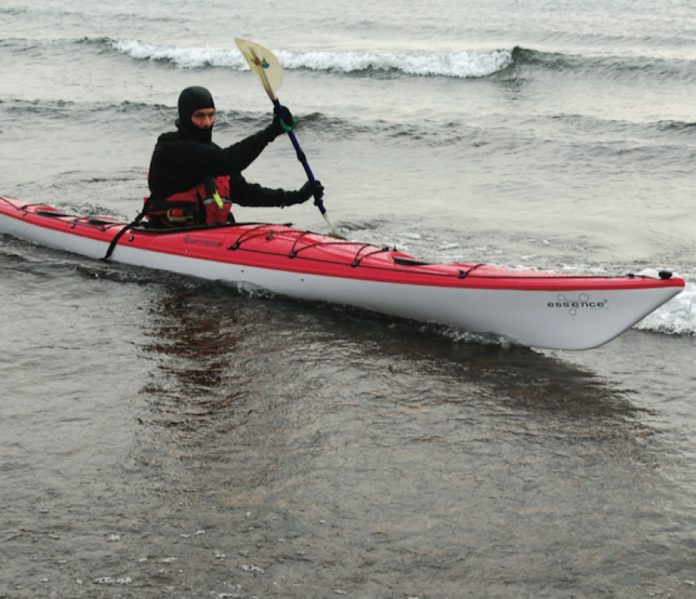
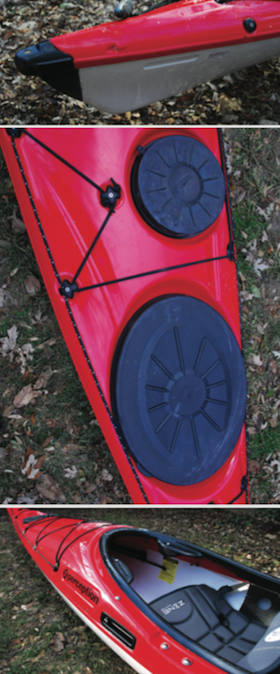 Rudder ready
Rudder ready